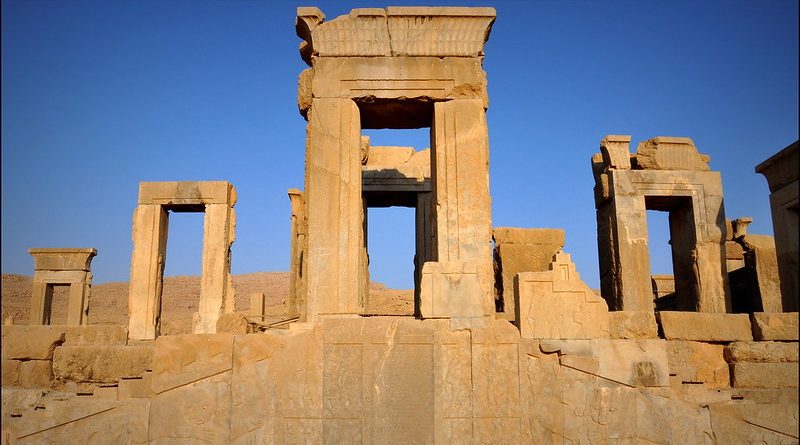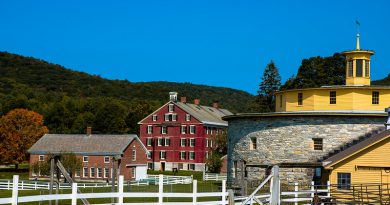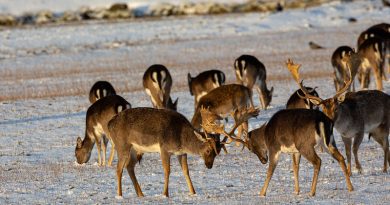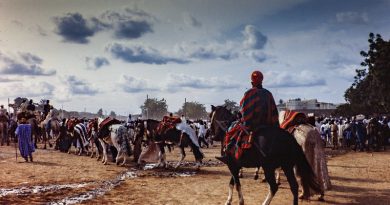Gate of All Nations: Persepolis
History Facts
Where: Southwest Iran, Persian Gulf
When: 518 BC
History: Impressive treasury of the Archaemenid Empire, covered in detailed illustrations of everyday life
Go there for: the gate of all nations, meeting point of kings from surrounding countries and continents
History
A great capital of the Archaemenid Empire, Persepolis, near the Persian Gulf in Southwestern Iran, is a marvel. Darius I started the ambitious project in 518BC, and was clearly building to impress. He chose as his building site the striking plain of Marv-e Dasht, rimmed by imposing purple cliffs, and set about making a palace of huge dimensions. The audience hall, which was once supported by 72 tall pillars (you can still see 13 of them), bears Darius’ modest inscription:
‘Darius the great king, king of kings, king of countries, son of Hystaspes, an Achaemenian, built this palace.’
When Darius ran out of steam and died, his son Xerxes took over, and added his own text:
“When my father Darius went away from the throne, I became king on his throne by the grace of Ahuramazda. After I became king, I finished what had been done by my father, and I added other works.”
Xerxes won so many wars that he had to enlarge his treasury to store all the loot. In 467BC there were apparently 1348 people employed in the treasury, many of them with the job description of ‘gold-and-silver-shiners’!
Visiting Persepolis today
Persepolis is captivating because it doesn’t stretch the imagination much to picture how it once was. Columns still stand around giving an idea of the scale of the roofs they once held up, boulders and gateways, doorjambs and bits of wall are all scattered about like lego of the gods, watched over by great, carved beasts.
Everything is covered with illustration: carvings of winged bulls with the heads of men, fights in progress between the king and a lion, people spearing each other through. For the curious, the walls also tell tales of everyday life, as many of the scenes are of the delegations trouping to the enormous New Year parties. In these depictions, servants carry furniture around while the many different tribes arrive, all distinguishable by their different hats and clothes, and all bearing gifts: camels and cloth, axes and bulls, lions and vases, elephants tusks, chariots and even a giraffe!
The king of countries received his guests through the Gate of All Nations – anyone interested in multiculturalism should hang around in this almighty meeting spot for a day.
MORE INFORMATION
What and Where Is Persepolis? – About Archaeology
A great source of information about the archaeology of Persepolis
The Official UNESCO info page about Persepolis
http://whc.unesco.org/en/list/114
By Jess Halliday




